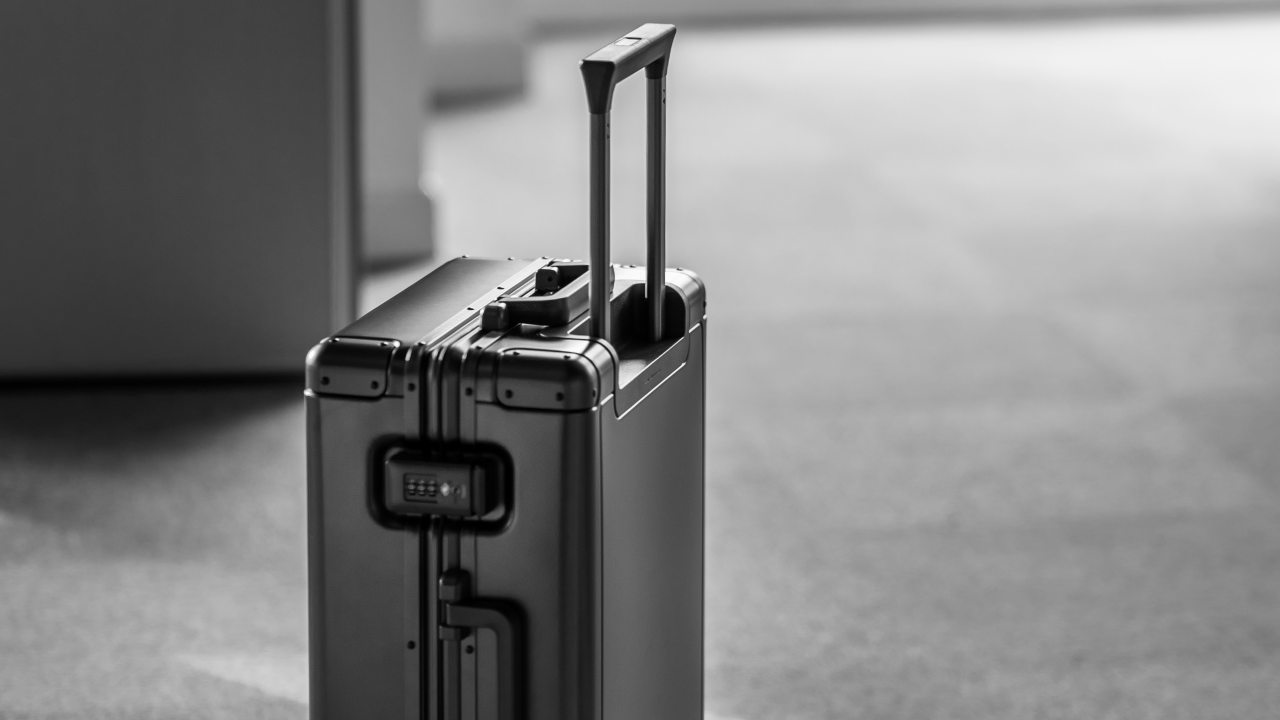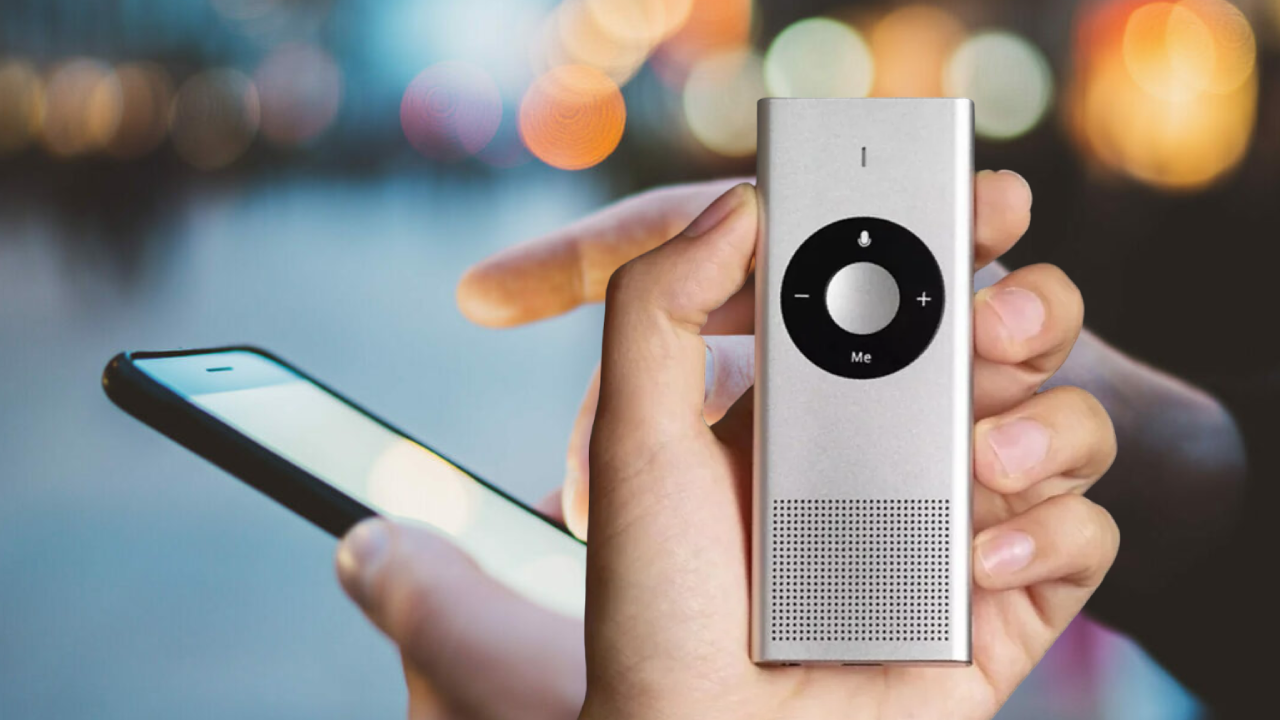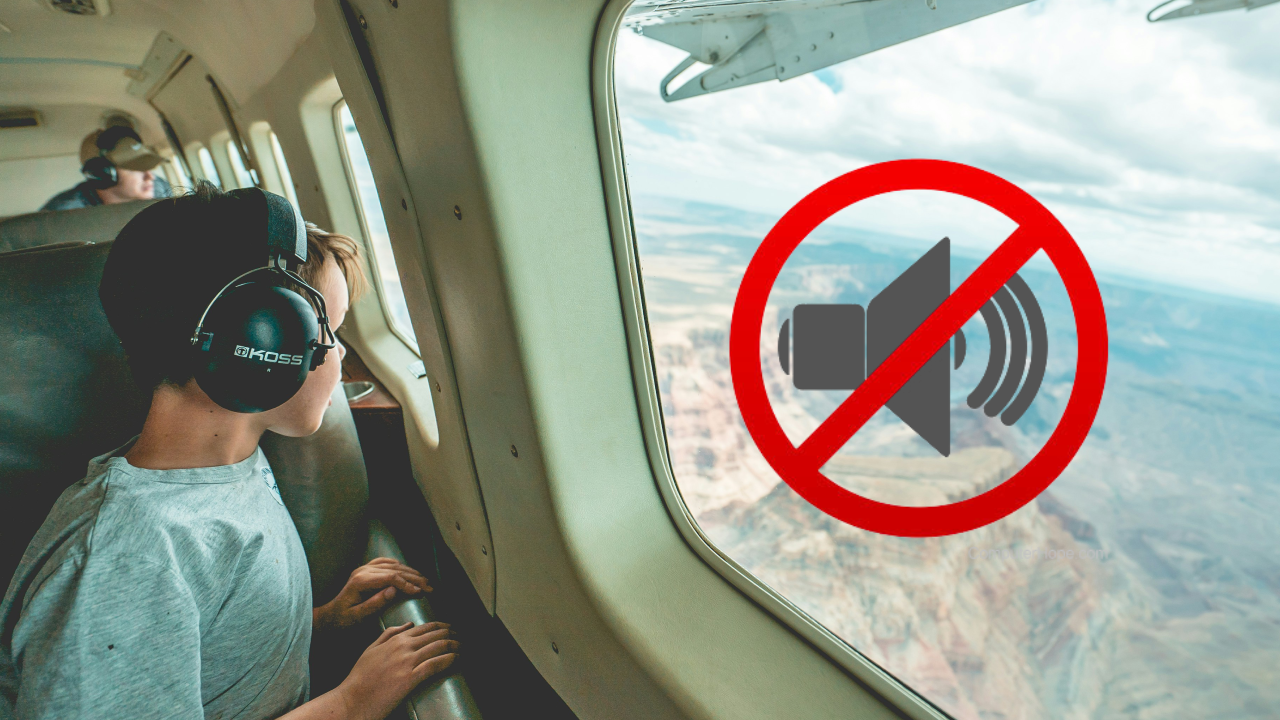As we approach 2025, the world of travel is set to undergo significant transformations. Advances in technology, shifts in cultural dynamics, and a growing emphasis on sustainability are all contributing to a new era of exploration. Travelers in 2025 can expect a landscape that is more interconnected, personalized, and environmentally conscious than ever before.
One of the most exciting developments in travel for 2025 is the rise of hyper-personalized experiences. Thanks to the proliferation of data analytics, artificial intelligence (AI), and machine learning, travel companies can now tailor offerings to individual preferences like never before. From suggesting destinations based on past travel history to curating itineraries that match a traveler’s interests, AI-driven platforms are transforming how people plan their trips.
For instance, AI assistants might suggest a hidden gem of a restaurant that perfectly aligns with your taste in cuisine or recommend a scenic hiking trail that matches your fitness level. These personalized touches extend beyond just suggestions; hotels and airlines are using data to offer customized services, such as room settings that adjust to your preferences or flight experiences that cater to your needs.
Traveling in 2025 is an experience vastly different from what it was just a decade ago. As technology has evolved, so too have the expectations and needs of travelers. Whether you’re a seasoned globetrotter or someone planning your first big adventure, having the right devices can make your journey smoother, safer, and more enjoyable. Here’s a look at some crucial devices to have with you when you travel in 2025.
Table of Contents
1. Smart Luggage

Smart luggage has come a long way from the bulky, hard-shell suitcases of the past. In 2025, smart luggage is more than just a storage container for your clothes and essentials; it’s a travel assistant. These high-tech suitcases are equipped with GPS tracking, biometric locks, built-in scales, and even charging ports for your devices.
GPS Tracking and Biometric Locks
One of the most significant advancements in smart luggage is the integration of GPS tracking. Losing your luggage is one of the most stressful things that can happen while traveling. However, with built-in GPS, you can track your suitcase in real-time through an app on your smartphone. This feature not only gives you peace of mind but also allows airlines and airport staff to locate your luggage more efficiently if it gets misplaced.
Biometric locks are another essential feature in 2025. Gone are the days of fumbling with tiny padlocks or remembering complex combinations. These smart locks use your fingerprint or facial recognition to unlock, ensuring that only you have access to your belongings.
Built-in Scales and Charging Ports
Overweight luggage fees are a thing of the past with smart luggage. Integrated scales allow you to weigh your suitcase simply by lifting it, and the weight is displayed on your smartphone. This feature ensures that you never get hit with unexpected baggage fees at the airport.
Moreover, smart luggage comes with built-in charging ports, making it easier to keep your devices powered up while you’re on the go. Whether you’re stuck in a long layover or need to top up your phone’s battery while waiting for a taxi, having a portable power source is invaluable.
2. Portable Translation Devices

As global travel becomes more accessible, language barriers continue to pose challenges for many travelers. In 2025, portable translation devices are indispensable tools for bridging the communication gap between different cultures. These devices have evolved significantly, offering real-time translation with high accuracy and support for multiple languages.
Real-Time, High-Accuracy Translation
Modern portable translators utilize artificial intelligence (AI) to provide real-time, accurate translations. These devices can listen to a conversation in one language and instantly translate it into another, allowing you to communicate seamlessly with locals. Whether you’re asking for directions, ordering food, or engaging in a more in-depth conversation, these devices ensure that language differences don’t hinder your travel experience.
Offline Capabilities
One of the key improvements in 2025 is the offline functionality of translation devices. While earlier models relied heavily on internet connections, the latest devices can store vast language databases locally. This means you can use them even in remote areas where Wi-Fi or mobile data may not be available, ensuring you’re never left stranded without the ability to communicate.
Cultural Insights and Contextual Understanding
Beyond just word-for-word translation, these devices also provide contextual understanding and cultural insights. For instance, they can help you navigate cultural nuances and idiomatic expressions, ensuring that your communications are not just accurate, but also culturally appropriate. This feature is particularly useful in countries where direct translations might lead to misunderstandings.
3. Smart Wearables

Smart wearables have become integral to our daily lives, and in 2025, they are just as essential when traveling. From smartwatches to health monitors and augmented reality (AR) glasses, these devices enhance the travel experience in numerous ways.
Smartwatches
Smartwatches are no longer just about telling time or tracking steps. In 2025, they are multifunctional devices that can manage everything from your travel itinerary to your health. With integrated GPS, contactless payment options, and health monitoring, smartwatches are your all-in-one travel companion.
GPS and Navigation
Getting lost in a new city is a thing of the past with GPS-enabled smartwatches. These devices provide turn-by-turn directions, helping you explore unfamiliar places without the need to constantly check your phone. They can also suggest nearby attractions, restaurants, and services based on your location and preferences.
Health Monitoring
Health monitoring has become a critical feature of smartwatches, particularly for travelers who may experience stress, fatigue, or jet lag. These devices can track your heart rate, sleep patterns, and even blood oxygen levels. Some advanced models can alert you to potential health issues before they become serious, such as dehydration or altitude sickness, allowing you to take proactive measures.
Augmented Reality Glasses
AR glasses have been a game-changer for travelers in 2025. These smart glasses overlay digital information onto the real world, offering a hands-free way to interact with your environment.
Interactive Guided Tours
One of the most popular uses of AR glasses in travel is for guided tours. Imagine walking through a historical site and having information about each landmark appear in front of your eyes. You can see 3D reconstructions of ancient ruins, read about the history of a monument, or get insights into local culture without ever looking down at your phone or a guidebook.
Language Translation
AR glasses also offer real-time language translation. When you encounter a sign, menu, or any text in a foreign language, the glasses can translate it instantly, displaying the translated text over the original. This feature is incredibly useful when navigating public transport systems or dining in restaurants where menus may not be in your native language.
Smart Health Monitors
Travel can take a toll on your body, especially if you’re crossing multiple time zones or engaging in physically demanding activities. Smart health monitors in 2025 are compact, portable devices that keep track of your vital signs and overall well-being.
Portable ECG and Heart Rate Monitors
For travelers with pre-existing health conditions, portable ECG (electrocardiogram) and heart rate monitors are essential. These devices can detect irregular heartbeats or other cardiovascular issues and send alerts to both the user and their healthcare provider. This real-time monitoring ensures that any potential health risks are identified early, allowing for quick action.
Wearable Air Purifiers
Air quality can vary significantly from one location to another, and poor air quality can exacerbate respiratory issues or cause discomfort. Wearable air purifiers have become a popular accessory in 2025, especially in urban environments with high pollution levels. These devices use advanced filtration technology to provide clean air directly to the user, making it easier to breathe in polluted cities or during smoggy days.
4. Portable Solar Chargers

Sustainability is a growing concern for travelers in 2025, and portable solar chargers are an eco-friendly solution for keeping your devices powered up on the go. These chargers harness the power of the sun to generate electricity, making them perfect for outdoor adventures or travel in remote areas where power outlets are scarce.
High-Efficiency Solar Panels
The solar panels used in 2025 are much more efficient than their predecessors. They can generate significant amounts of energy even on cloudy days, ensuring that your devices remain charged regardless of the weather. These chargers are also lightweight and foldable, making them easy to pack and carry.
Multi-Device Charging
Modern solar chargers come with multiple USB ports and even wireless charging capabilities, allowing you to charge several devices simultaneously. Whether you need to power up your smartphone, tablet, camera, or smartwatch, these solar chargers can handle the load.
Built-in Batteries
Many portable solar chargers now include built-in batteries that store excess energy generated during the day. This means you can charge your devices at night or during times when direct sunlight isn’t available. This feature is particularly useful for camping trips or extended treks in nature, where access to electricity is limited.
5. Smart Travel Assistants
The concept of a personal assistant has evolved dramatically by 2025, with AI-powered smart travel assistants becoming an essential part of the travel experience. These devices, often integrated into your smartphone or smartwatch, offer personalized recommendations, real-time updates, and seamless integration with other smart devices.
AI-Powered Itinerary Planning
Planning a trip can be overwhelming, especially when trying to fit everything into a tight schedule. Smart travel assistants use AI to help you plan the perfect itinerary based on your interests, budget, and time constraints. They can suggest attractions, restaurants, and activities, creating a personalized travel plan that maximizes your experience.
Real-Time Updates and Notifications
Travel plans can change at a moment’s notice, and staying informed is crucial. Smart travel assistants provide real-time updates on flight status, weather conditions, and traffic, ensuring that you’re always aware of any potential disruptions. They can also send notifications about gate changes, delays, or cancellations, helping you avoid unnecessary stress.
Seamless Integration with Other Devices
These assistants are designed to work seamlessly with other smart devices, such as your smartwatch, smart luggage, and AR glasses. For example, your smart assistant can sync your itinerary with your smartwatch, providing you with reminders and directions throughout your trip. It can also communicate with your smart luggage to ensure everything is packed according to your travel plans.
6. Noise-Canceling Headphones

Noise-canceling headphones have become an indispensable travel accessory in 2025. Whether you’re on a long-haul flight, waiting in a noisy airport, or trying to get some work done in a bustling café, these headphones create a serene environment by blocking out unwanted sounds.
Advanced Noise-Canceling Technology
The noise-canceling technology in 2025 is highly advanced, capable of filtering out a wide range of frequencies, from the low rumble of an airplane engine to the chatter of fellow travelers. This makes them perfect for creating a quiet space to relax or concentrate, no matter where you are.
Comfort and Durability
Modern noise-canceling headphones are designed with comfort in mind. They feature ergonomic designs, memory foam ear cushions, and lightweight materials, ensuring that you can wear them for extended periods without discomfort. Additionally, they are built to last, with durable construction that can withstand the rigors of travel.
Long Battery Life
Battery life is another critical factor for travelers, and the latest noise-canceling headphones boast impressive battery life, often lasting over 40 hours on a single charge. This ensures that your headphones will last through even the longest flights or train journeys without needing a recharge.
